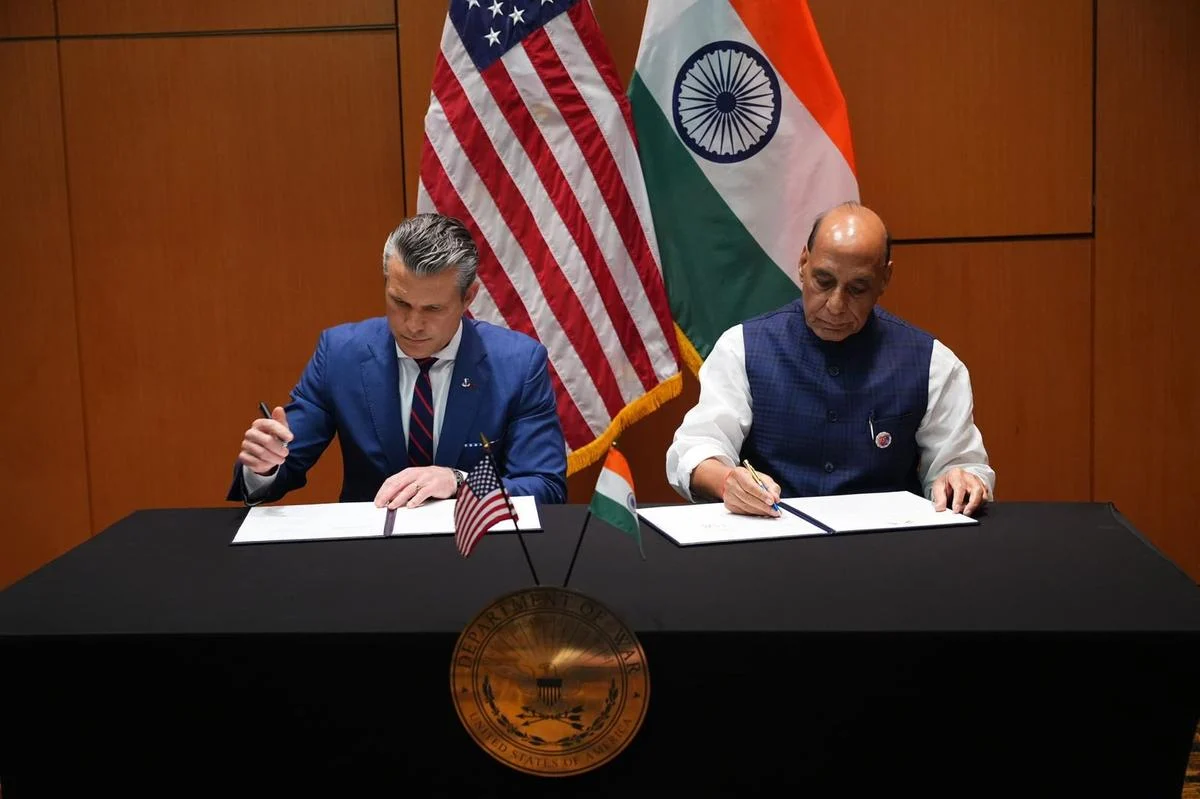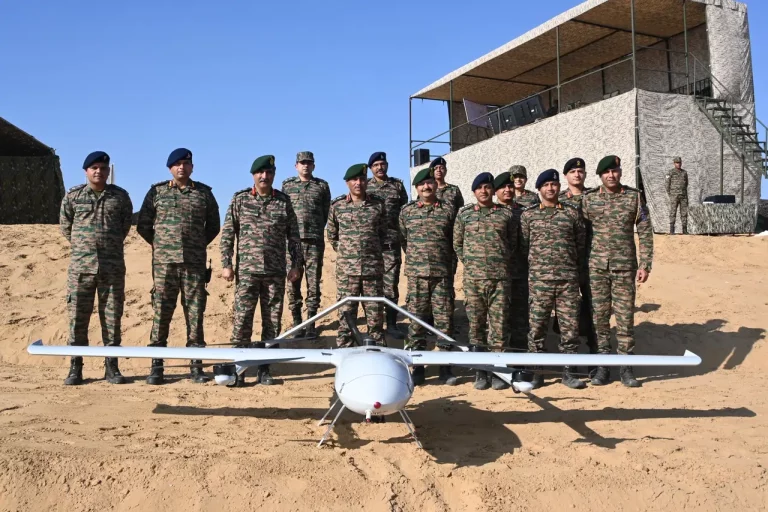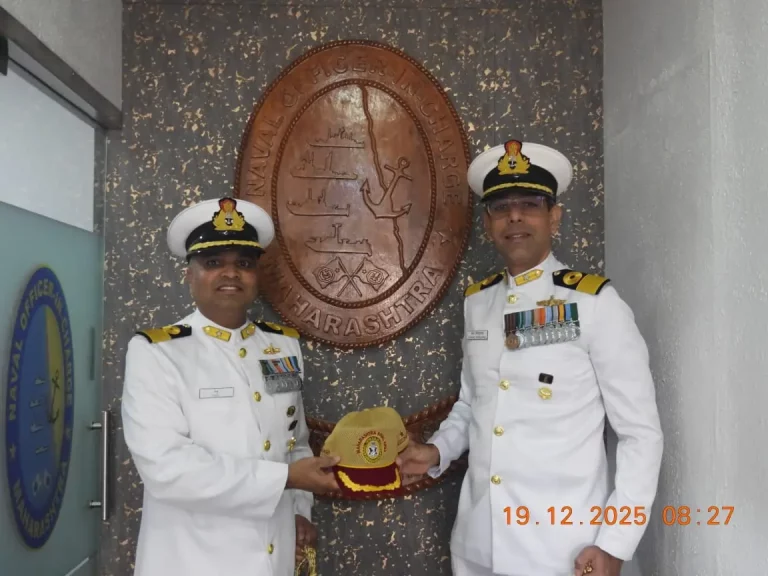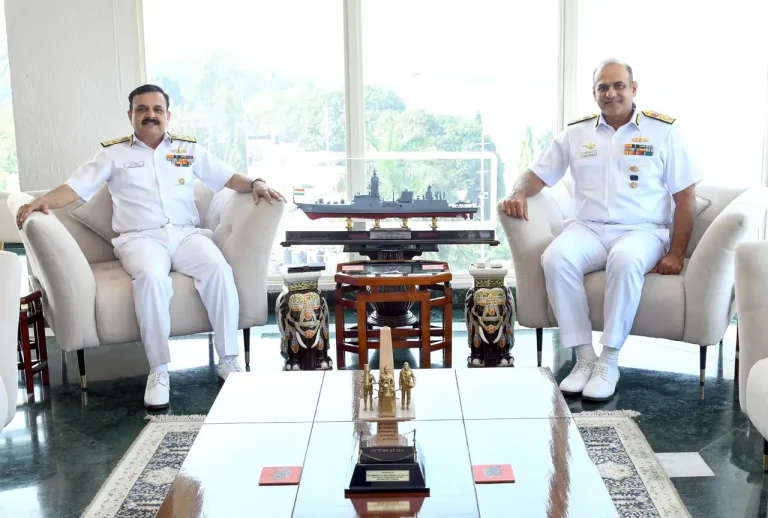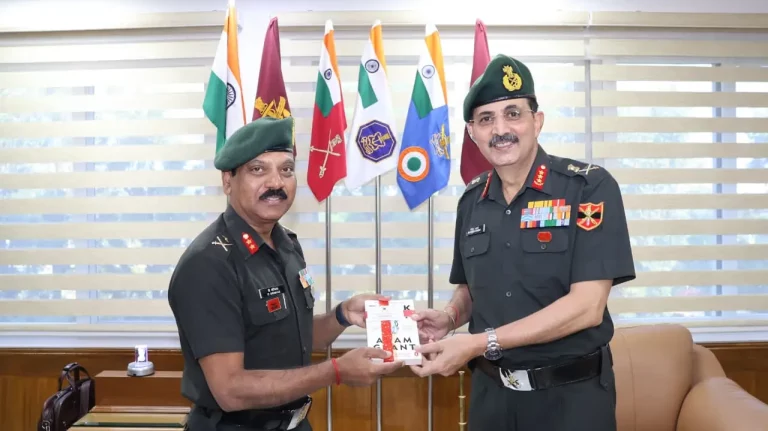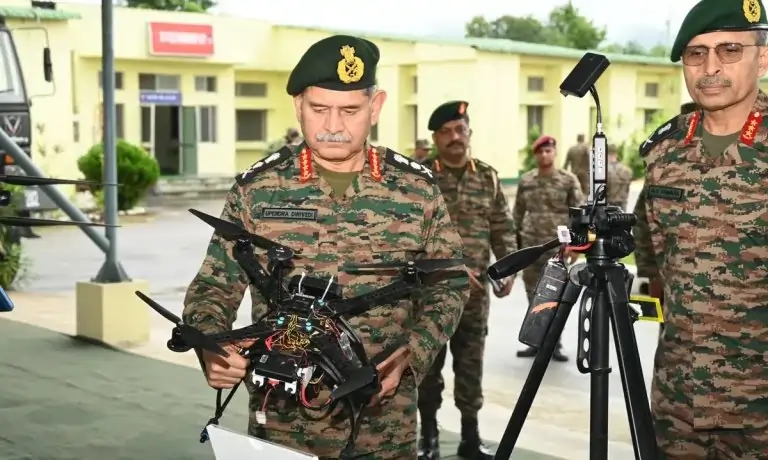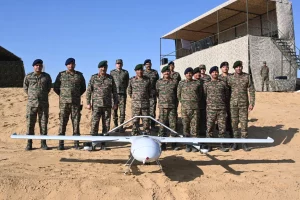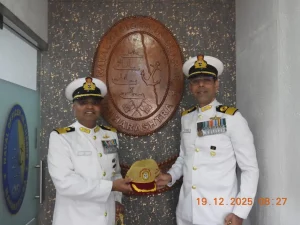India and the United States have officially established a 10-year defence framework agreement, marking a pivotal enhancement in their strategic partnership. The agreement, named the “Framework for the US-India Major Defence Partnership,” was signed on October 31, 2025, in Kuala Lumpur, Malaysia. This development reflects the nations’ commitment to bolster military collaboration, technology sharing, and joint operations amid evolving regional security challenges.
The signing ceremony took place during a bilateral meeting held on the sidelines of the ASEAN Defence Ministers’ Meeting-Plus (ADMM-Plus). The key signatories were India’s Defence Minister Rajnath Singh and US Defence Secretary Pete Hegseth, alongside senior officials from both nations. This face-to-face meeting followed three previous telephonic conversations between the two ministers, showcasing the active tempo in their defence discussions.
The newly ratified framework aims to provide a comprehensive policy direction for the India-US defence relationship over the next decade. It emphasizes enhanced coordination, information sharing, and technological cooperation while focusing on capacity building and joint military exercises. The agreement positions defence as a core aspect of bilateral relations, aspiring to foster interoperability and integrate defence industrial supply chains. Additionally, it encourages collaborative efforts with like-minded nations to address mutual security concerns.
This agreement builds upon prior commitments, including a joint statement in February 2025 by Prime Minister Narendra Modi and President Donald Trump that outlined intentions for a renewed defence framework. It reflects ongoing high-level engagements, such as the recent discussions between India’s External Affairs Minister S. Jaishankar and US Secretary of State Marco Rubio, where the focus was on bilateral ties and regional security issues. The signing of this agreement takes place against the strategic backdrop of the Indo-Pacific, where both India and the US aim to establish a counterbalance, particularly to China’s regional assertiveness.
In statements following the signing, Defence Minister Rajnath Singh characterized the agreement as ushering in a “new era” in the partnership, stating it marks a period of growing strategic convergence that is essential for a free and open Indo-Pacific region.
Secretary Hegseth echoed these sentiments, emphasizing the agreement as a substantial step for the two militaries. He remarked, “Our defence ties have never been stronger,” describing the framework as an ambitious roadmap for deeper collaboration. He highlighted the US’s long-term commitment to shared security and articulated the partnership as one of the most consequential globally, rooted in mutual trust and a commitment to a secure Indo-Pacific.
The implications of this agreement extend beyond military cooperation, signaling a robust commitment to increased joint production, technology transfers, and expansive military exercises. For bilateral relations, it reinforces the role of defence as a foundational element, supplementing economic and diplomatic initiatives. Regionally, the agreement enhances stability in the Indo-Pacific, aligning with frameworks such as the Quad and counter-terrorism collaborations. Analysts have interpreted this strategic move as a deterrent against potential threats while enhancing interoperability between the two nations’ forces. Although trade tensions persist, the agreement illustrates that defence priorities remain insulated, paving the way for a comprehensive partnership aimed at long-term global stability.
